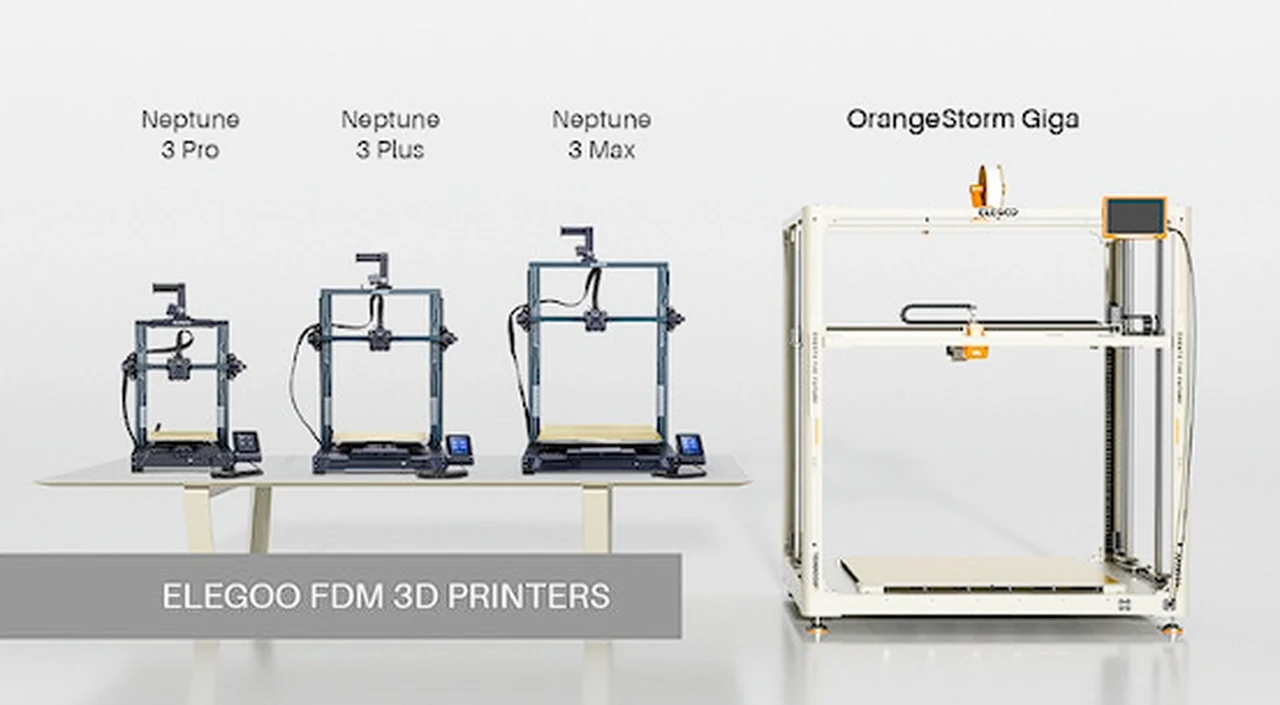
If you have large business documents that you would like to analyze, quickly and efficiently without having to read every word. You can harness the power of artificial intelligence to answer questions about these documents locally on your personal laptop. Using PrivateGPT and LocalGPT you can securely and privately, quickly summarize, analyze and research large documents. By simply asking questions to extracting certain data that you might need for other uses, efficiently and effectively thanks to the power of GPT AI models.
Dealing with large volumes of digital documents is a common yet daunting task for most of us in business. But what if you could streamline this process, making it quicker, more efficient, secure and private? Using AI tools such as PrivateGPT and LocalGPT this is now possible transforming the way we interact with our documents locally making sure that no personal or private data centre third-party servers such as OpenAI, Bing, Google or others.
Using PrivateGPT and LocalGPT, you can now tap into the power of artificial intelligence right from your personal laptop. These tools allow you to summarize, analyze, and research extensive documents with ease. They are not just time-savers; they are smart, intuitive assistants ready to sift through pages of data to find exactly what you need.
- Efficiency at Your Fingertips: Imagine having the ability to quickly scan through lengthy business reports or research papers and extract the essential information. With PrivateGPT and LocalGPT, this becomes a reality. They can summarize key points, highlight crucial data, and even provide analysis – all in a fraction of the time it would take to do manually.
- Local and Private: One of the defining features of these tools is their focus on privacy. Since they operate locally on your device, you don’t have to worry about sensitive information being transmitted over the internet. This local functionality ensures that your data remains secure and private, giving you peace of mind.
- User-Friendly Interaction: These tools are designed with the user in mind. They are intuitive and easy to use, making them accessible to anyone, regardless of their technical expertise. Whether you’re a seasoned tech professional or a business person with minimal tech knowledge, you’ll find these tools straightforward and practical.
- Versatility in Application: Whether you’re looking to extract specific data for a presentation, find answers to complex questions within a document, or simply get a quick overview of a lengthy report, PrivateGPT and LocalGPT are up to the task. Their versatility makes them valuable across various industries and applications.
- Simplified Document Handling: Gone are the days of poring over pages of text. These tools help you navigate through extensive content, making document handling a breeze. They are especially useful in scenarios where time is of the essence, and accuracy cannot be compromised.
How to analyze large documents securely & privately using AI
If you are wondering how these tools could fit into your workflow, you will be pleased to know that they are adaptable and can be tailored to meet your specific needs. Whether you are a legal professional dealing with case files, a researcher analyzing scientific papers, or a business analyst sifting through market reports, PrivateGPT and LocalGPT can be your allies in managing and understanding complex documents.
Other articles we have written that you may find of interest on the subject of running AI models locally for privacy and security :
PrivateGPT vs LocalGPT
For more information on how to use PrivateGPT and to download the open source AI model jump over to its official GitHub repository.
PrivateGPT
“PrivateGPT is a production-ready AI project that allows you to ask questions about your documents using the power of Large Language Models (LLMs), even in scenarios without an Internet connection. 100% private, no data leaves your execution environment at any point.”
- Concept and Architecture:
- PrivateGPT is an API that encapsulates a Retrieval-Augmented Generation (RAG) pipeline.
- It is built using FastAPI and follows OpenAI’s API scheme.
- The RAG pipeline is based on LlamaIndex, which provides abstractions such as
LLM,BaseEmbedding, orVectorStore.
- Key Features:
- It offers the ability to interact with documents using GPT’s capabilities, ensuring privacy and avoiding data leaks.
- The design allows for easy extension and adaptation of both the API and the RAG implementation.
- Key architectural decisions include dependency injection, usage of LlamaIndex abstractions, simplicity, and providing a full implementation of the API and RAG pipeline.
LocalGPT
For more information on how to use LocalGPT and to download the open source AI model jump over to its official GitHub repository.
“LocalGPT is an open-source initiative that allows you to converse with your documents without compromising your privacy. With everything running locally, you can be assured that no data ever leaves your computer. Dive into the world of secure, local document interactions with LocalGPT.”
- Utmost Privacy: Your data remains on your computer, ensuring 100% security.
- Versatile Model Support: Seamlessly integrate a variety of open-source models, including HF, GPTQ, GGML, and GGUF.
- Diverse Embeddings: Choose from a range of open-source embeddings.
- Reuse Your LLM: Once downloaded, reuse your LLM without the need for repeated downloads.
- Chat History: Remembers your previous conversations (in a session).
- API: LocalGPT has an API that you can use for building RAG Applications.
- Graphical Interface: LocalGPT comes with two GUIs, one uses the API and the other is standalone (based on streamlit).
- GPU, CPU & MPS Support: Supports multiple platforms out of the box, Chat with your data using
CUDA,CPUorMPSand more!
- Concept and Features:
- LocalGPT is an open-source initiative for conversing with documents on a local device using GPT models.
- It ensures privacy as no data ever leaves the device.
- Features include utmost privacy, versatile model support, diverse embeddings, and the ability to reuse LLMs.
- LocalGPT includes chat history, an API for building RAG applications, two GUIs, and supports GPU, CPU, and MPS.
- Technical Details:
- LocalGPT runs the entire RAG pipeline locally using LangChain, ensuring reasonable performance without data leaving the environment.
ingest.pyuses LangChain tools to parse documents and create embeddings locally, storing the results in a local vector database.run_localGPT.pyuses a local LLM to process questions and generate answers, with the ability to replace this LLM with any other LLM from HuggingFace, as long as it’s in the HF format.
PrivateGPT and LocalGPT both emphasize the importance of privacy and local data processing, catering to users who need to leverage the capabilities of GPT models without compromising data security. This aspect is crucial, as it ensures that sensitive data remains within the user’s own environment, with no transmission over the internet. This local processing approach is a key feature for anyone concerned about maintaining the confidentiality of their documents.
In terms of their architecture, PrivateGPT is designed for easy extension and adaptability. It incorporates techniques like dependency injection and uses specific LlamaIndex abstractions, making it a flexible tool for those looking to customize their GPT experience. On the other hand, LocalGPT offers a user-friendly approach with diverse embeddings, support for a variety of models, and a graphical user interface. This range of features broadens LocalGPT’s appeal, making it suitable for various applications and accessible to users who prioritize ease of use along with flexibility.
The technical approaches of PrivateGPT and LocalGPT also differ. PrivateGPT focuses on providing an API that wraps a Retrieval-Augmented Generation (RAG) pipeline, emphasizing simplicity and the capacity for immediate implementation modifications. Conversely, LocalGPT provides a more extensive range of features, including chat history, an API for RAG applications, and compatibility with multiple platforms. This makes LocalGPT a more comprehensive option for those with a broader spectrum of technical requirements.
Both tools are designed for users who interact with large documents and seek a secure, private environment. However, LocalGPT’s additional features, such as its user interface and model versatility, may make it more appealing to a wider range of users, especially those with varied technical needs. It offers a more complete solution for individuals seeking not just privacy and security in document processing, but also convenience and extensive functionality.
While both PrivateGPT and LocalGPT share the core concept of private, local document interaction using GPT models, they differ in their architectural approach, range of features, and technical details, catering to slightly different user needs and preferences in document handling and AI interaction.
Filed Under: Guides, Top News
Latest timeswonderful Deals
Disclosure: Some of our articles include affiliate links. If you buy something through one of these links, timeswonderful may earn an affiliate commission. Learn about our Disclosure Policy.








